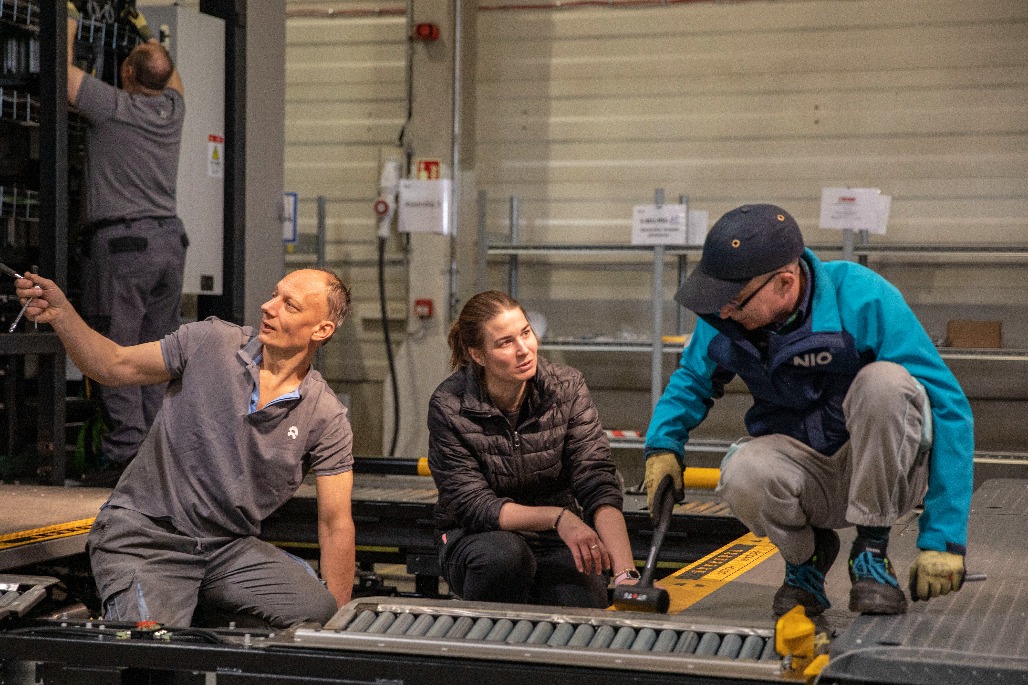China-Europe partnership benefits all
chinadaily.com.cn | Updated: 2018-07-05 06:58
How to address the new phase of Belt and Road

Some Western critics project the Belt and Road Initiative and its projects as being "non-transparent", "undermining EU regulations" and supporting "illiberal regimes in Eastern Europe". As a result, there has been a move from rhetorical criticism to a "call for action" against Belt and Road projects, such as an appeal for stricter regulations and imposing tougher conditions on Chinese investments.
The objective of this strategy is to appeal to CEE countries to reconsider their active participation in the projects and to convince them that they have been "duped" by promises of Chinese investments. This is reflected in stances opposing China's "win-win" arguments by suggesting that the CEE countries must approach the Belt and Road Initiative from the "or-or" perspective-"either EU/Western liberal regulations or Belt and Road Initiative/Chinese investment rules". The emerging underlying argumentation is the appeal for EU unity and a "common China policy", as requested by German officials.
The methods employed are likely to be based on attacking "symbolic" targets-political leaders who have welcomed the Belt and Road Initiative and who have been already targeted by Western liberal critics on other issues, such as on relations with Russia or Euroscepticism.
Another tactic is to hijack the creation of perceptions on the Belt and Road Initiative, which will continue in the think tank and media spheres, as well as in academic and policy circles.
How should China and the CEE countries react? Should their reaction be negative and antagonizing? The answer is "no". A purely confrontational response to the containment strategy would mean falling in the trap of those wanting to weaken the original Chinese "win-win" strategy of the Belt and Road Initiative.
Yet leaving the containment strategy unanswered is not a solution either. Now that the Belt and Road Initiative is taking shape on the ground, China and the participating CEE countries must address the problem both at bilateral and multilateral levels. Such an approach must be strategic and adaptive.
This means the updated "Belt and Road Initiative strategic communication 2.0" must combine the original general "win-win" strategy and a case-specific strategic communication aimed at deconstructing rapidly and accurately-through a variety of methods and channels-the negative framing of the Belt and Road Initiative in the participating countries. For China, reacting to negative strategic narratives and discourse does not mean being a "sharp power" disrupting Western liberal societies, as some would like to point.
On the other hand, the participating CEE countries must not fall prey to the trick which consists of making them feel responsible for undermining the EU or Western unity in case they do not follow a "common policy on China" which would be based on framing the Belt and Road Initiative as a threat.
























